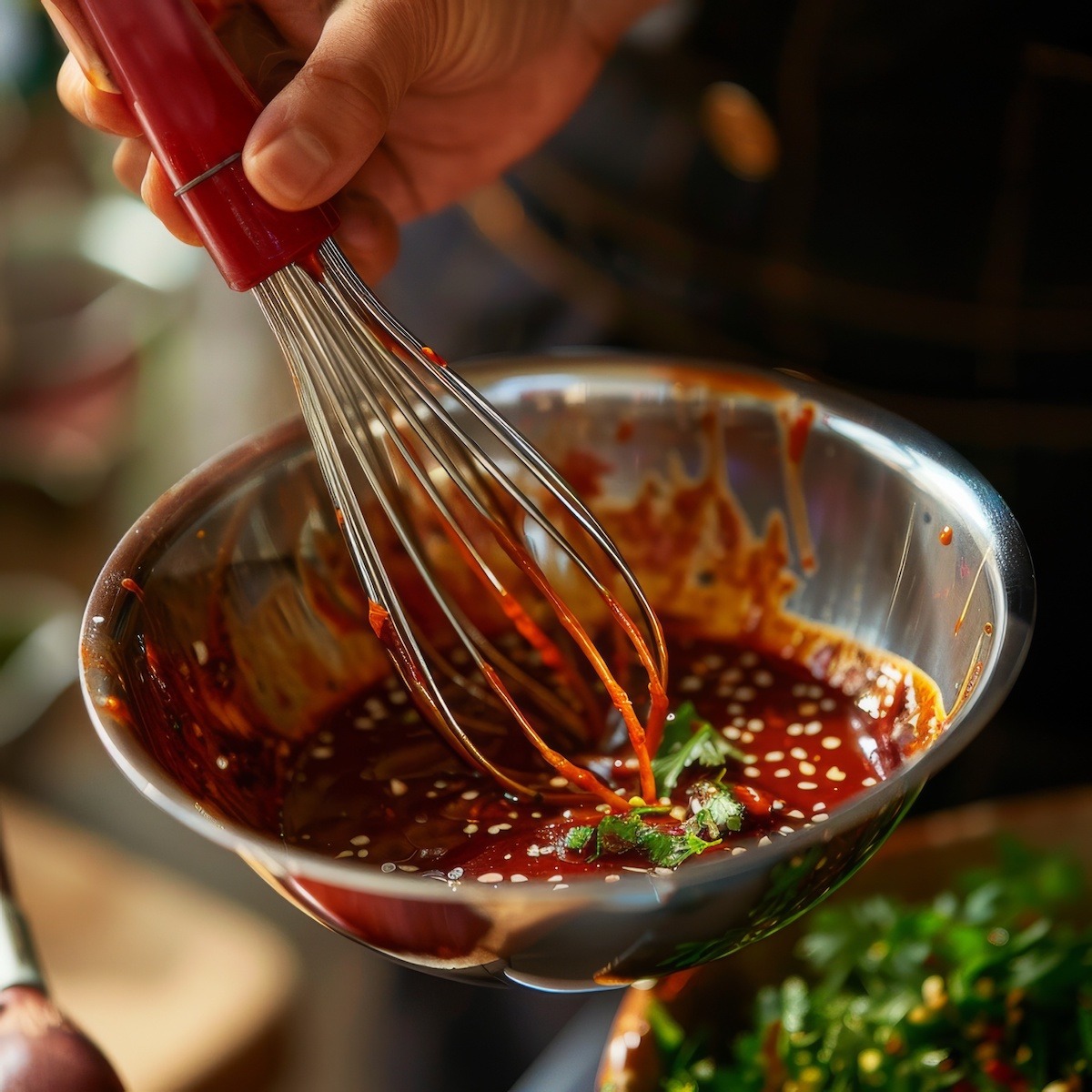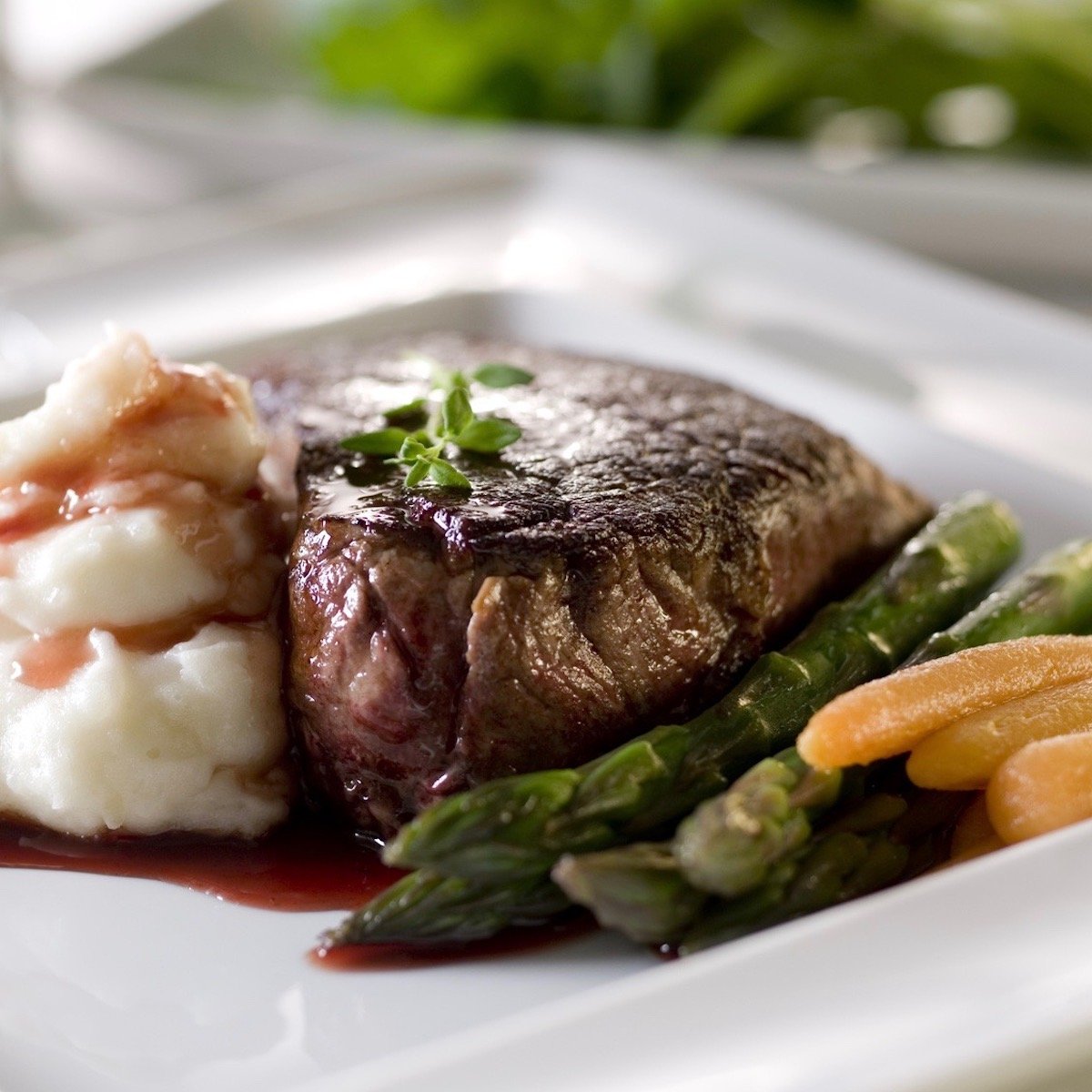How you can prepare great sauces at home.
Now that we have looked at some of the important ingredients used for restaurant-quality sauces let’s look at a few vital cooking techniques associated with sauce making.
Learning the techniques of preparing sauces is crucial for anyone interested in cooking, as it enhances flavor, versatility, customization, and creativity in the kitchen, while also contributing to a solid foundation in culinary skills.
This is not a complete list. Some great saucing cookbooks go into much more detail, but these are the techniques you’ll need for making the sauces on my site.

How to Emulsify
Emulsifying a sauce refers to the process of creating a stable mixture of two immiscible liquids, typically oil and water, that would normally separate. The goal is to form a homogeneous and uniform blend, producing a smooth, well-integrated sauce.
The key to emulsification is using an emulsifying agent, which helps disperse and stabilize the tiny droplets of one liquid within the other.
In the context of sauces, the most common type of emulsion is an oil-in-water emulsion, where oil is dispersed in water. Examples of emulsified sauces include vinaigrettes, mayonnaise, and hollandaise sauce.
The basic process of emulsification involves the following steps:
Emulsifying Agent: An emulsifying agent is needed to stabilize the mixture and prevent the separated liquids from recombining. Common emulsifying agents include egg yolks, mustard, lecithin (found in egg yolks and some plant sources), and certain proteins.
Mechanical Agitation: The emulsion is created by mechanically agitating the two immiscible liquids together. This can be done through techniques such as whisking, blending, or using a food processor. The agitation breaks down the larger droplets into smaller ones and disperses them throughout the liquid.
Gradual Incorporation: Adding one liquid (usually the oil) gradually to the other (usually the water) while continuously whisking or blending is essential. This slow incorporation allows the emulsifying agent to surround and stabilize the tiny droplets of the dispersed liquid.
Proper Ratios: Achieving a stable emulsion also depends on the proper ratio of oil to water and the right amount of emulsifying agent. Too much or too little of any component can result in a broken emulsion, where the liquids separate.
Temperature Control: The temperature of the ingredients can also impact emulsification. For example, in the case of mayonnaise, having the egg yolk and oil at a similar temperature can promote a more stable emulsion.
Common emulsified sauces and dressings that involve this process include mayonnaise, vinaigrettes, certain types of salad dressings, and hollandaise sauce. Emulsification is a fundamental culinary technique that adds texture, creaminess, and stability to various sauces.





